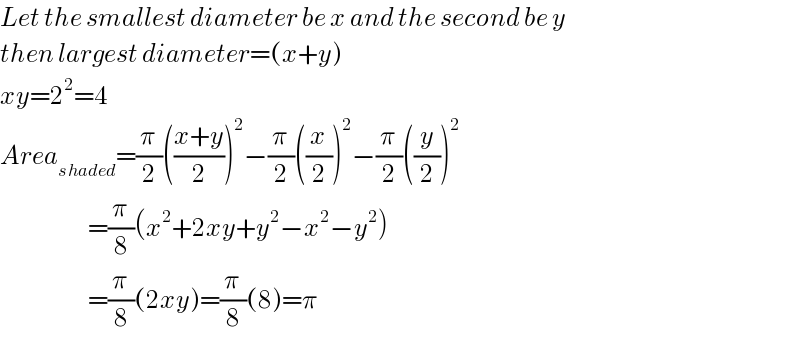
Question and Answers Forum
Question Number 120133 by prakash jain last updated on 29/Oct/20

Commented by nimnim last updated on 29/Oct/20

Commented by prakash jain last updated on 29/Oct/20

Commented by nimnim last updated on 29/Oct/20

Commented by prakash jain last updated on 29/Oct/20

Commented by prakash jain last updated on 29/Oct/20

